
China's non-financial outbound direct investment in 43 economies along the Belt and Road route reached 2.95 billion U.S. dollars in the first quarter, accounting for 14.4 percent of the country's total outbound investment, up by 5.4 percentage points when compared with the growth at the same period of last year, according to data from the Ministry of Commerce (MOC), reported by National Business Daily.
This is the good result achieved under the background that China’s total foreign investment amount dropped by nearly 50 percent in the first quarter of this year. It also indicates that it is rather difficult for China’s investment in countries along the Belt and Road route to hike against the market trend.
When introducing China’s outward investment cooperation for the first quarter on April 18, head from Department of Outward Investment and Economic Cooperation of MOC mentioned that in the first three months of this year, China’s domestic investors made non-financial outbound direct investment in enterprises from 129 countries and regions. The investment amount declined by 48.8 percent year on year to 20.54 billion U.S. dollars.
The ministry's spokesman Sun Jiwen said that China continued to promote trade and strengthen economic and trade cooperation with countries along the Belt and Road route in the first quarter and welcomed the upcoming Belt and Road Forum for International Cooperation with excellent achievement.
Decline in investment may be caused by foreign exchange control
China’s domestic investors invested in 2,170 overseas enterprises in 129 countries and regions in the first three months. The non-financial outbound direct investment dropped by 48.8 percent year on year to 20.54 billion U.S. dollars in the first quarter. In March alone, the country's outbound direct investment declined by 30.1 percent year on year to 7.11 billion U.S. dollars, according to the MOC.
In comparison, China’s outbound investment registered 40.09 billion U.S. dollars in the first quarter of last year, representing a year-on-year growth of 55.4 percent. The country's outbound direct investment surged by 21.5 percent year on year to 10.17 billion U.S. dollars in March of 2016.
He Zhenwei, general secretary of China Overseas Development Association, told the journalist that after experiencing a booming development in 2016, China’s outbound investment came back to be rational in the first quarter of 2017. “I think that this is related with the system of reviewing foreign projects which was launched by four ministries and commissions in last year. As foreign exchange control is further standardized, the non-efficient or low-efficient investment will be removed, which will significantly improve the quality and benefit of Chinese enterprises when going out.”
On November 28, 2016, National Development and Reform Commission, the MOC, the People’s Bank of China and the State Administration of Foreign Exchange (SAFE) indicated at a news conference of the Information Office of the State Council that they will review outbound investment projects of some enterprises in accordance with relevant rules.
Pan Gongsheng, head of the SAFE, said frankly in March that although China’s outbound direct investment saw rapid development in 2016, there were some irrational and abnormal investments. For example, some enterprises borrowed money to have overseas acquisition although their liability ratio was very high in China, and some transferred assets in the disguise of direct investment.
In the opinion of He, there are two reasons for the remarkable drop in China’s outbound investment in the first quarter. High base number in last year is one of the reasons, and the other one is the review system, which makes enterprises more rational in making outbound investment. “It is expected that overseas investment will recover in next year after quality and efficiency of outbound investment are improved in 2017.”
According to report recently released by PricewaterhouseCoopers (PwC), there were 142 cases of overseas mergers and acquisitions by Chinese domestic enterprises in the first quarter of this year, a year-on-year decrease of 39 percent. The deals involved 21.2 billion U.S. dollars, down by 77 percent from a year earlier.
Outbound investment mainly made in manufacturing industry
Statistics from the MOC showed that manufacturing, commercial service and information transmission as well as the software and information technology industries took the lead in investment value in the first quarter. Investment in manufacturing industry accounted for the highest proportion with 24.7 percent in total outbound investment, up by 11.2 percentage points when compared with that in the same period of last year.
Sun introduced at the news conference that products made in China and constructed by China and Chinese service are favored by more and more countries along the Belt and Road route. He cited the ongoing China-Belarus industrial park, the Mombasa-Nairobi railway and Serbia’s E763 expressway project as examples.
He told the journalist that outbound investment in manufacturing industry grew against the market trend has something to do with international capacity cooperation. The country encourages international capacity cooperation in 12 fields, including chemical engineering, electricity, engineering machinery manufacturing, shipping and automobile. Therefore, policy encouragement is an important factor. “Besides, the MOC and other departments unveiled a document about reviewing the authenticity of investing enterprises before the new year of 2017. The reviewing is actually aiming to strictly restrict financial investment. The country encourages investment in real economy; therefore, investment in manufacturing is a primary choice for enterprises.”
The journalist also learnt at the news conference that the Belt and Road Forum for International Cooperation, which is going to be held in May, will make an important step in pushing forward two-way investment, trade facilitation, and trade and sustainable development.
Sun added that during the forum, the MOC will host a forum with theme of boosting trade to further specify the industrial and commercial cooperation direction, put forward implementation schemes and advance two-way investment. By now, there have been more than 100 foreign guests including ministerial officials, international organizations and enterprise representatives confirming to attend the forum.
Translated by Vanessa
















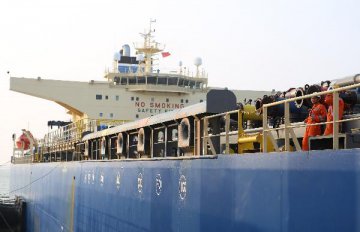
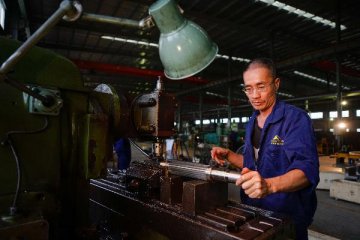
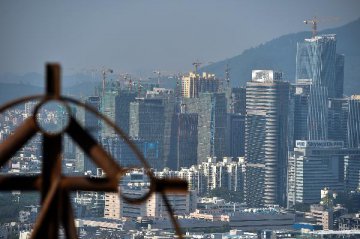
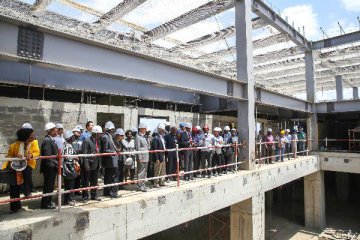
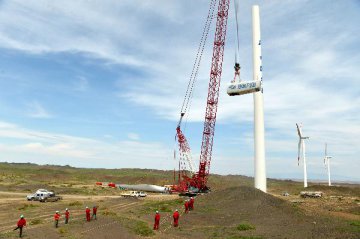



Latest comments